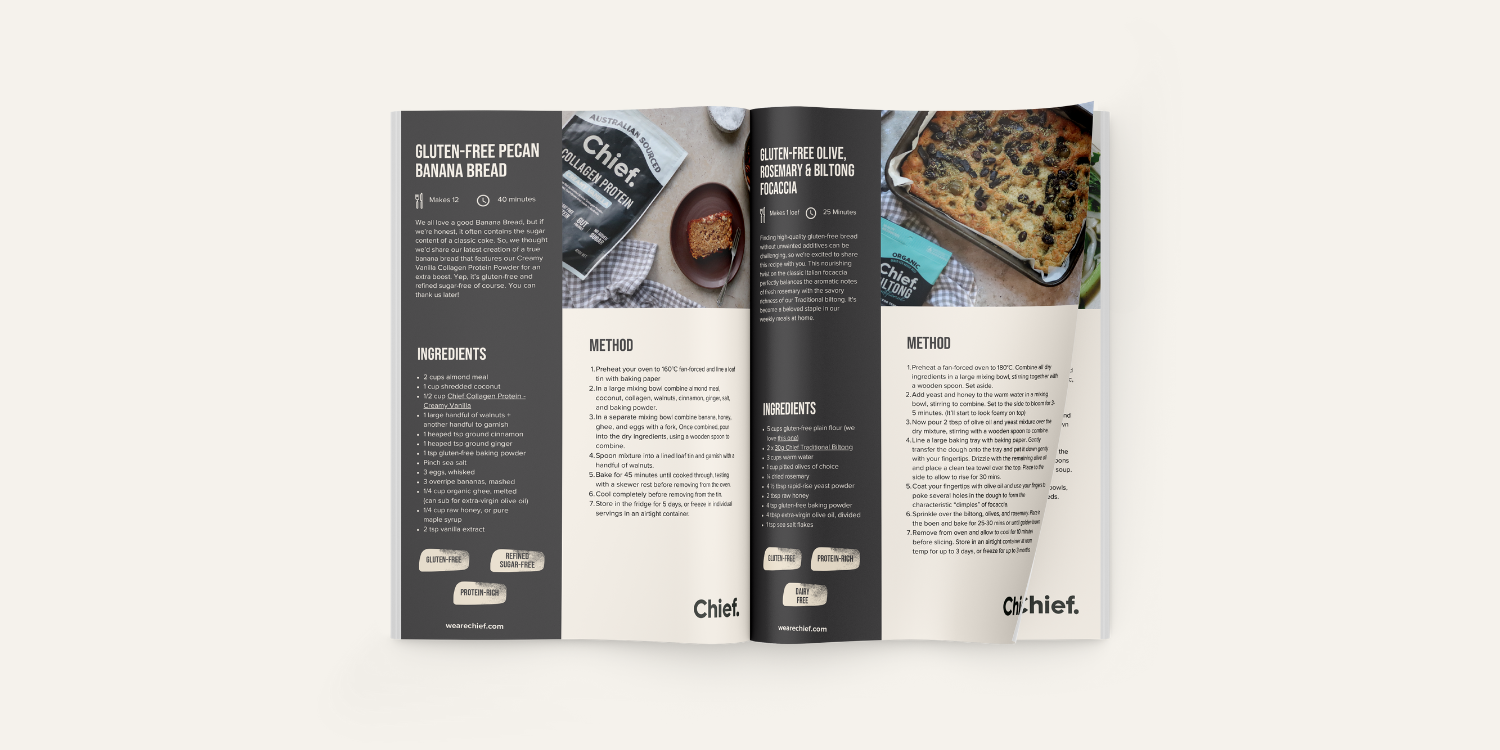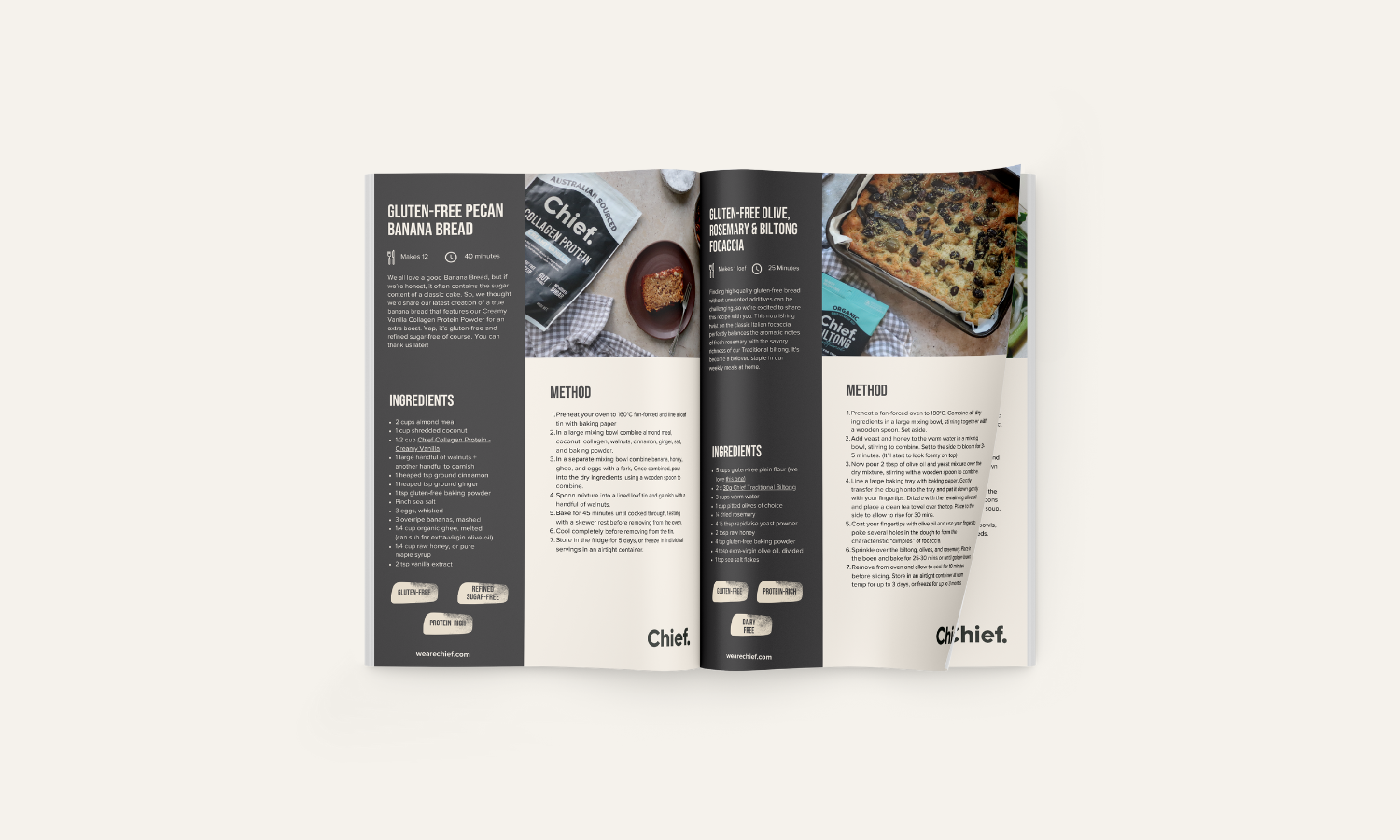Building good habits can transform your life, but creating lasting change can feel overwhelming. Science, however, offers us a clear and actionable path. James Clear’s Atomic Habits has become a go-to guide for habit formation, and when combined with broader research in psychology and neuroscience, it provides a powerful framework for lasting change.
Habits are the building blocks of our daily routines. Whether brushing your teeth or scrolling through social media, these repeated behaviours happen largely on autopilot. Neuroscientists explain that habits form through a process called “chunking,” where the brain groups actions together to save mental energy. By intentionally creating positive habits, you can shift your life in meaningful ways—without relying solely on willpower.
Understand the Habit Loop
At the heart of any habit is a three-step process psychologists call the habit loop: cue, routine, and reward. The cue triggers the behaviour, the routine is the action itself, and the reward reinforces it, making you want to repeat the process. For example, the sight of your running shoes might cue you to go for a jog, and the post-run endorphins act as a reward, encouraging you to keep at it.
To create new habits, start by identifying the cues and rewards that will work best for you. For example, if you want to establish a morning meditation habit, place your meditation cushion somewhere visible (a cue) and reward yourself with a yummy cup of collagen hot chocolate afterwards. This framework isn’t just practical—it’s supported by decades of behavioural psychology research.
Start Small and Build Momentum
One of the most common mistakes when building habits is trying to do too much too soon. Both James Clear and behavioural scientist BJ Fogg, author of Tiny Habits, emphasise the importance of starting small. Fogg suggests scaling down your goals to something so easy it feels almost ridiculous—like flossing one tooth or doing a single push-up. These micro-habits help you build confidence and momentum, which can snowball into larger actions over time.
Clear’s Two-Minute Rule is another brilliant strategy: when adopting a new habit, reduce it to a version that takes less than two minutes. Instead of setting a goal to “read more books,” commit to reading one paragraph. Or, instead of overhauling your whole diet, start with changing just one thing. The hardest part of any task is getting started, and this rule makes the initial hurdle so low that it’s almost impossible to fail.
The science supports this approach. A 2009 study published in the European Journal of Social Psychology found that it takes an average of 66 days to form a habit, with simpler habits taking less time. Consistency is the key—small actions repeated daily lead to lasting results.
Make It Easy and Obvious
Habits thrive when they are easy to execute. This is where environmental design comes into play. If you want to eat healthier, put the healthy food (fresh fruit, healthy Chief snacks, etc) on your counter and the junk food right at the top of your cupboard. Studies show that convenience heavily influences behaviour—what’s easy to access is what we’re more likely to choose.
James Clear introduces the concept of habit stacking as a way to make new habits obvious. This involves linking a new habit to an existing one. For example, you might say, “After I pour my morning coffee, I’ll write down one goal for the day.” By attaching the new behaviour to an established routine, you create a strong, automatic cue.
Motivation and Rewards
While willpower might get you started, it’s not a reliable long-term strategy. Motivation thrives when habits feel enjoyable. One way to make habits more appealing is through temptation bundling. This involves pairing a task you want to do with one you need to do. For example, you could only listen to your favourite podcast while folding laundry or use your treadmill time to watch your favourite TV series. This technique works because it ties immediate gratification to productive behaviour.
Another way to keep motivation high is by celebrating small wins. Psychologists explain that even tiny rewards trigger the release of dopamine, which reinforces positive behaviour. Whether it’s a mental “well done” or a tangible reward like a nice coffee, celebrating progress keeps you engaged and motivated.
Be Patient with Progress
One of the challenges with habit formation is that the results often come slowly. James Clear calls this the “Plateau of Latent Potential”—a phase where your efforts don’t seem to be paying off. Many people give up at this stage, but it’s crucial to stay the course. Research shows that habits compound over time, much like interest on a bank account. Small actions, repeated consistently, lead to remarkable outcomes.
Tracking your progress can be a powerful motivator. Whether it’s a journal, an app, or a simple wall calendar where you mark each day you stick to your habit, seeing your streak grow provides a sense of achievement. However, perfection isn’t necessary. If you miss a day, don’t let it derail you. As Clear puts it, “Never miss twice.”
Community and Identity
Social connections are a powerful tool in habit formation. Surrounding yourself with people who embody the habits you want to adopt creates a supportive environment where positive behaviours feel normal. This is why joining a running club, a book group, or even an online forum can significantly boost your chances of success.
Equally important is connecting your habits to your identity. Instead of framing your goal as something external—like “I want to lose weight”—tie it to who you want to become: “I’m someone who values their health.” This subtle mindset shift makes the habit feel integral to your sense of self, increasing your commitment to it.
Breaking Bad Habits
While building good habits is crucial, breaking bad ones is equally important. Science shows that bad habits often thrive on environmental cues. If you’re trying to cut down on screen time before bed, leave your phone in another room. The harder a bad habit is to perform, the less likely you are to do it.
Substituting a bad habit with a healthier alternative can also help. For example, if stress triggers mindless snacking, replace it with a quick walk or a few minutes of deep breathing. Over time, the healthier behaviour becomes your new default response.
The Power of Consistency
Creating lasting habits isn’t about grand gestures—it’s about consistency. Each small, deliberate action builds momentum, gradually transforming your behaviours and, ultimately, your life. As James Clear reminds us, “You do not rise to the level of your goals. You fall to the level of your systems.”
Start small, stay consistent, and focus on progress rather than perfection. Whether you’re inspired by the strategies in Atomic Habits, the research behind behaviour change, or your own desire for self-improvement, building habits is a journey worth taking. It’s the small, daily choices that define who you are—and who you’re becoming.
Habit-Building Strategies:
Start Small:
- Begin with tiny actions, like one push-up or flossing one tooth.
- Use the Two-Minute Rule: scale your habit down to take less than two minutes.
Make It Obvious:
- Place visual cues in your environment (e.g., running shoes by the door).
- Use habit stacking: link a new habit to an existing one (e.g., "After I brush my teeth, I’ll take my Liver Capsules").
Make It Attractive:
- Pair the habit with something enjoyable (temptation bundling), like listening to your favourite podcast while exercising.
- Surround yourself with people who embody the habits you want to adopt.
Make It Easy:
- Reduce friction by preparing in advance (e.g., meal prep, laying out workout clothes).
- Simplify the behaviour to make it effortless.
Make It Satisfying:
- Celebrate small wins—mentally or with small rewards like a nice coffee.
- Track your progress using a calendar or habit-tracking app.
Focus on Identity:
- Frame your habit as part of who you are (e.g., "I’m a healthy eater" instead of "I’m trying to eat healthy").
Be Patient:
- Habits take time—an average of 66 days to form. Consistency matters more than speed.
- If you miss a day, avoid missing two in a row. Get back on track quickly.
Break Bad Habits:
- Remove triggers from your environment (e.g., keep unhealthy snacks out of sight).
- Substitute bad habits with healthier alternatives.
Stay Consistent:
- Remember: small actions repeated daily lead to big results over time.
- “You do not rise to the level of your goals; you fall to the level of your systems.”
Print this out, stick it on your wall or fridge, and let these reminders guide you toward building habits that last!
For a practical and guided approach to building better habits, explore our ambassador's, Claudia Klein’s, Me. Rewritten journal. Designed to help you stay focused and reflective, this journal is an excellent tool for turning your 2025 habit-building goals into reality.
















